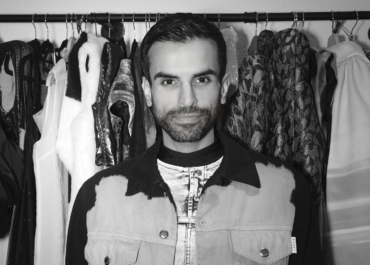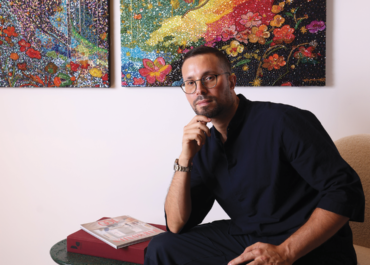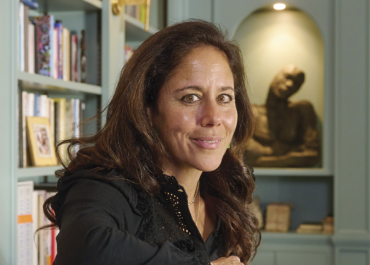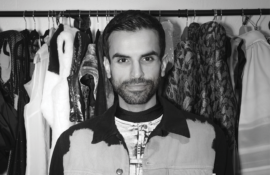We live in an age where everything is available instantly. Food, entertainment, work, and even relationships all arrive at the swipe of a finger.

A&E columnist, Futurist and AI expert John Sanei
Technology has expanded possibilities, but it has also rewired our brains in ways we do not always recognise. One of the most profound casualties of this rewiring is love.
The data speaks volumes. In the United States, more than half of marriages end in divorce. Even more sobering, a large percentage of couples who remain together do so out of obligation rather than affection. That leaves fewer and fewer people experiencing truly nourishing, committed partnerships. While culture and economics play a role, neuroscience reveals the deeper culprit: dopamine.
Dopamine is the neurotransmitter that fuels desire, motivation, and the rush of pleasure. It is the spark behind the thrill of a first kiss, the drive to chase goals, and the satisfaction of achievement. But dopamine is also finite. Our brains are not built for constant surges of it. Yet that is exactly what the modern world demands.
Social feeds, instant messages, streaming platforms, dating apps, and online shopping are all designed to deliver a micro hit of dopamine. The result is overstimulation. When the brain is flooded daily with small jolts of novelty, it loses the depth needed to sustain intimacy. Think of it like a speaker system turned permanently to maximum volume. At first, it is exhilarating. Soon, it is only noise. The very energy that fuels attraction, attention, and emotional depth becomes depleted. We are not falling out of love, we are simply too exhausted to fall into it.
This is more than a personal challenge. It is a societal one. The decline of deep connection erodes the trust, empathy, and resilience of communities that need to thrive. If the future is to be built on collaboration, creativity, and adaptability, then protecting our capacity for intimacy becomes not just a private matter, but a collective imperative.
So what can we do? The antidote lies not in resisting technology but in reclaiming stillness. Slowness. Presence. Neuroscience shows that the prefrontal cortex, the part of the brain responsible for emotional regulation and long-term decision making, only comes fully online when we step away from constant stimulation. Space is the soil in which love takes root.
This might mean choosing a quiet walk over another scroll. Putting your phone aside for dinner. Saying no to the unnecessary so that you have the bandwidth for what truly matters. Love does not compete well with distraction. It flourishes when attention is undivided.
Reimagining connection in the age of dopamine is not about nostalgia for the past. It is about creating a new operating system for intimacy. One where technology amplifies, rather than depletes, our humanity. Where relationships are not consumed like content, but cultivated like gardens.
In the same way that we are learning to harness AI as a partner rather than a threat, we need to harness our nervous systems as allies rather than casualties. The future of love will belong to those who can resist the lure of constant novelty long enough to experience the richness of depth.
The challenge is clear. The opportunity is greater. In an age of abundance, what becomes rare is what becomes valuable. And nothing is rarer, or more valuable, than the ability to give and receive deep, sustained love.
Visit johnsanei.com for more thought leadership.















